Does Digital Drive Marketing's Need to Violate Privacy? Not Always.
/The idea that advertising is wasteful is nothing new. If you asked anyone on the street to come up with a notable quote about advertising, I’d imagine most would respond with the old John Wanamaker quote – “Half of the money I spend on advertising is wasted; the trouble is, I don’t know which half.”
It’s that kind of thinking that leads marketers to believe that something is inherently wasteful about their advertising, and if they could just employ some sort of method that would allow them to reach only the people who are interested in buying their product, that they would be perfectly efficient with their advertising.
The perfectly-targeted ad campaign, though, is a red herring. If your advertising reached only the people who were ready to buy your product, your campaign would fail to inform others of your product and you wouldn’t capitalize on mass advertising’s ability to build awareness, such that people who don’t yet need your product won’t turn to a competitor when the need for your product does arise.
I’ve talked about it until I was blue in the face. Still, this idea persists that micro-targeted ads are the holy grail of advertising.
That belief, though, predates the current trend toward investing in data to target digital ads.
I’ve said it before and I will say it again. The foundations for digital’s ability to target advertising came from the traditional direct marketing business, the practices of which would completely creep out consumers if they had the slightest inkling of what was going on. Your purchase behavior, political leanings, personal income, preferred brands and much, much more were being used to target direct mail long before digital ads. In fact, the first open consumer revolt against DM-style targeting online came when DoubleClick tried to merge with Abacus, a catalog marketing outfit. People were seemingly okay with offline DM, but didn’t want digital ads to take the same approach.
Don’t mistake this for yet another complaint about the double standards digital has had to endure over the course of its development. That’s not where I’m going with this.
Last week, though, Doc Searls took issue with addressable cable ads. I had a couple problems with the piece he wrote. Laying blame at the feet of digital for addressable cable ads was one of them. While digital tech can help Big Cable handle the backend intricacies of inserting addressable ads, the method was an idea long before DMPs, DSPs and digital profiles.
If you feel sold out by your cable or telecom provider, know that they’ve been using your information in this way for a long time, and not just in digital ad applications.
It’s easy to be angry with digital and want to place blame with it, though. When the aforementioned DoubleClick/Abacus merger caused controversy, digital made the assumption that people didn’t like central databases of consumer information being used to target ads. So digital just created something that wasn’t centralized.
But the effect is the same that a monster, centralized database of marketing information would have had. Nowadays, if a company wants to use data to target digital ads, it can simply broker a deal for the information it needs, have a third-party partner match up its own list with cookies or other unique identifiers, and – voila! – the company has its list of ad targets without having to handle any of the Personally-Identifiable Information that would trigger controversy for stepping over the arbitrary line that the industry drew for itself. I’ve been trying to draw attention to this practice for years, calling it a distributed violation of our collective privacy.
So, Doc asked me on Twitter where I’d place the blame for the enthusiasm for things like addressable cable ads. First, I’d place them with cable companies. Secondly, I’d place them with marketers and their agencies that continue to buy into the Church of Wanamaker, and think they’ll achieve marketing nirvana by continually whittling down the size of the audience they think will be interested in what they’re saying (in the interest of “efficiency”). Thirdly, I’d blame the behind-the-scenes “match partners” that do all the PII dirty work, regardless of the medium being used.












































